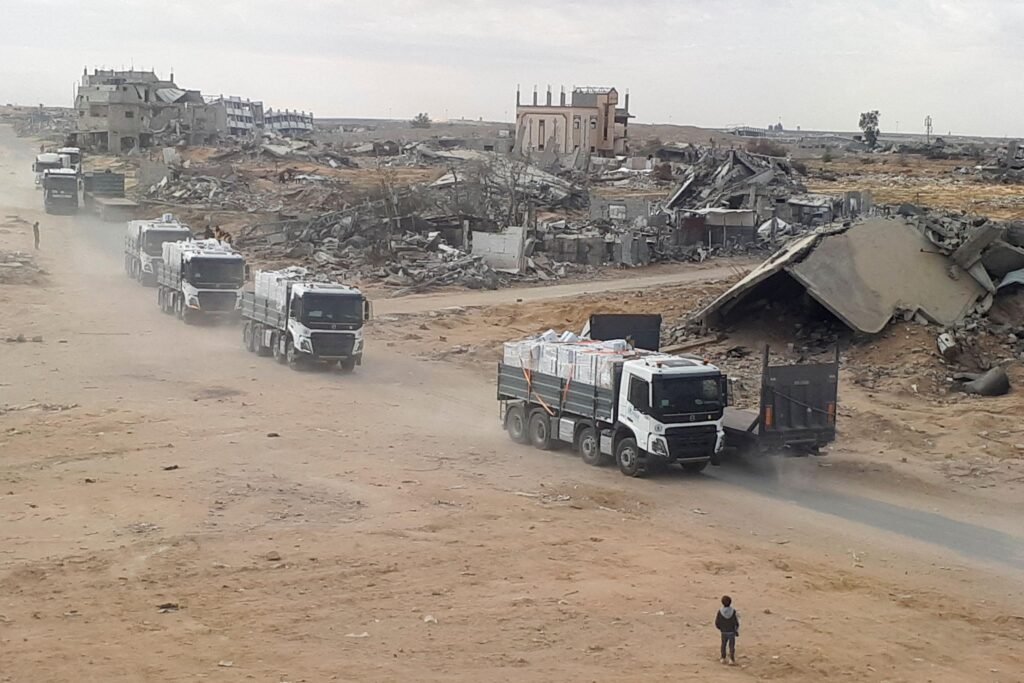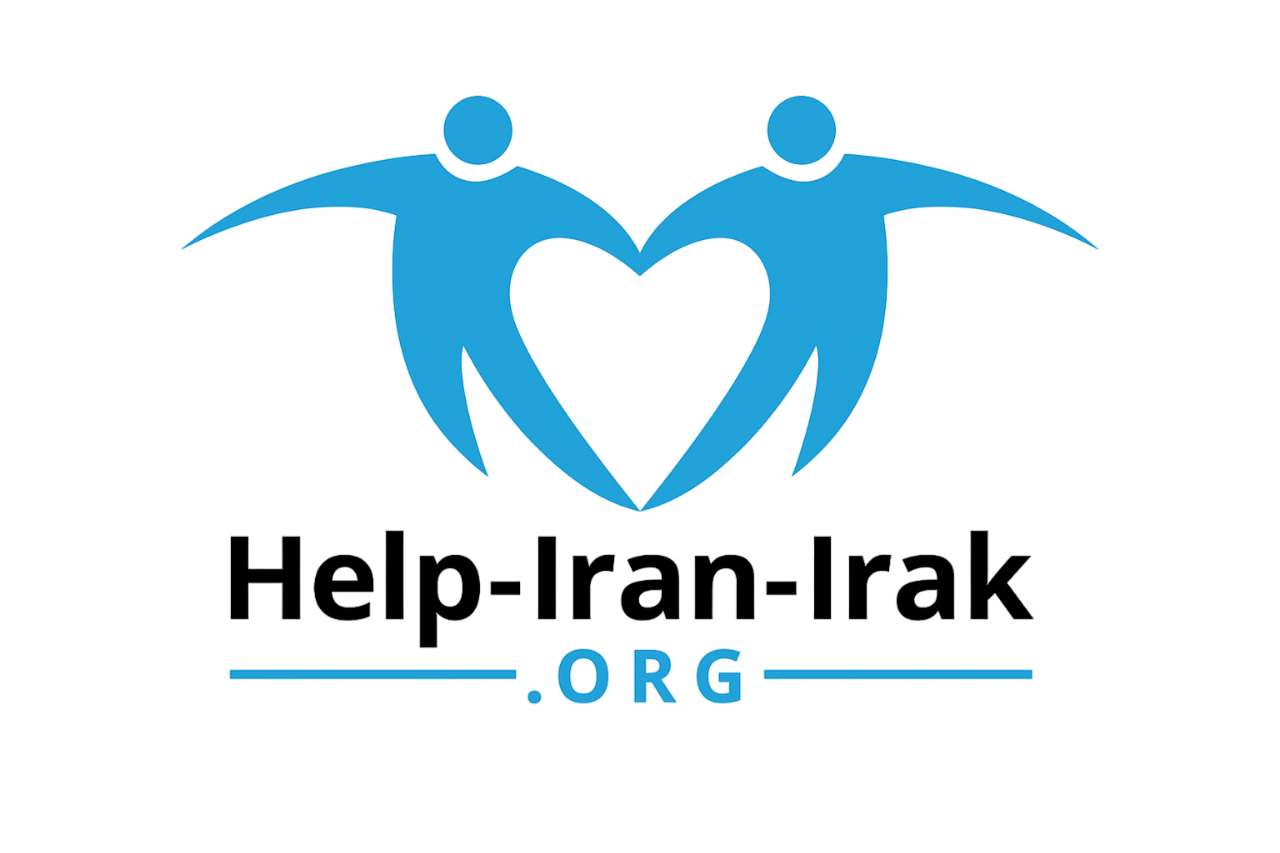In early August 2025, investigative reporting shed light on the creation of “zones of denial”—areas in Gaza, Iran or Iraq where civilians are systematically excluded from humanitarian access, independent media coverage, and even conflict updates. These zones, often near frontlines or within contested regions, have become invisible to the outside world.
The concept emerged in The New Yorker article, highlighting how military restrictions, checkpoints, and information blackouts combine to isolate vulnerable communities from essential services and global awareness.
Understanding Zones of Denial
- Restricted Humanitarian Access: Aid agencies are blocked from delivering food and medical supplies in specific districts due to security protocols. Entry is either denied, delayed, or funneled through tightly controlled channels.
- Media Suppression: Independent journalists are often barred or escorted under strict supervision. Coverage from these zones is minimal and censored, meaning atrocities and needs go unreported.
- Communication Blackouts: These areas experience internet shutdowns, cellular signal disruption, and disrupted electricity for weeks at a time—effectively severing connections to the outside world.
Real-World Impacts on Civilians
- Starvation by Design: Without reliable distribution points, food supplies rot before reaching families. The UN estimates 35–40% of aid convoys turn back or are intercepted inside zones of denial.
- Medical Abandonment: Injured civilians cannot evacuate; clinics refuse entry to unknown outsiders. At least 70% of deaths in these areas are due to untreated trauma and malnutrition.
- Information Vacuum: Community leaders in blocked zones report weeks-long delays before families even hear news of ceasefires, safe corridors, or evacuation orders.
- Psychological Isolation: The lack of awareness fosters confusion and fear—many civilians say they feel “forgotten.”

Why Zones of Denial Are a Humanitarian Threat
These artificial boundaries violate the principles of international humanitarian law, which guarantee civilians the right to relief and protection regardless of their location. When authorities restrict access to vulnerable zones:
- Aid is weaponized, used as leverage rather than a lifeline.
- Civilians become invisible, reducing global pressure and delaying intervention.
- Misinformation spreads, without third-party reporting or fact-checking.
How Help‑Iran‑Irak.org Operates Differently
Our approach prioritizes local coordination and transparency:
- We partner with grassroots organizations and independent local leaders in affected areas.
- We deploy community‑led distribution networks rather than centralized convoys.
- We publish real-time mapping and reporting, even from regions where mainstream coverage is absent.
We believe every life matters—even those behind checkpoints and restrictions.
What You Can Do to Support Us
- Donate now to help bring essential aid into zones of denial.
- Empower local partners and trusted distribution channels.
- Amplify their voices—share articles and stories to break media silos.
- Support legal advocacy for unmonitored access and protection of aid operations.
🔗 Donate to critical campaigns
Further Reading & Sources
- The New Yorker’s report: Israel’s Zones of Denial – highlighting inaccessible areas and blocked aid pipelines.
- UN Reports on blocked aid deliveries and civilian casualties in denied zones.
- Human rights briefings on information suppression and access denial in conflict-related zones.
Final Thought:
Zones of denial leave entire communities in silence—without aid, without voice, without hope. But we can refuse to ignore them. With your support, Help‑Iran‑Irak.org brings help, awareness, and solidarity where it’s most urgently needed.


